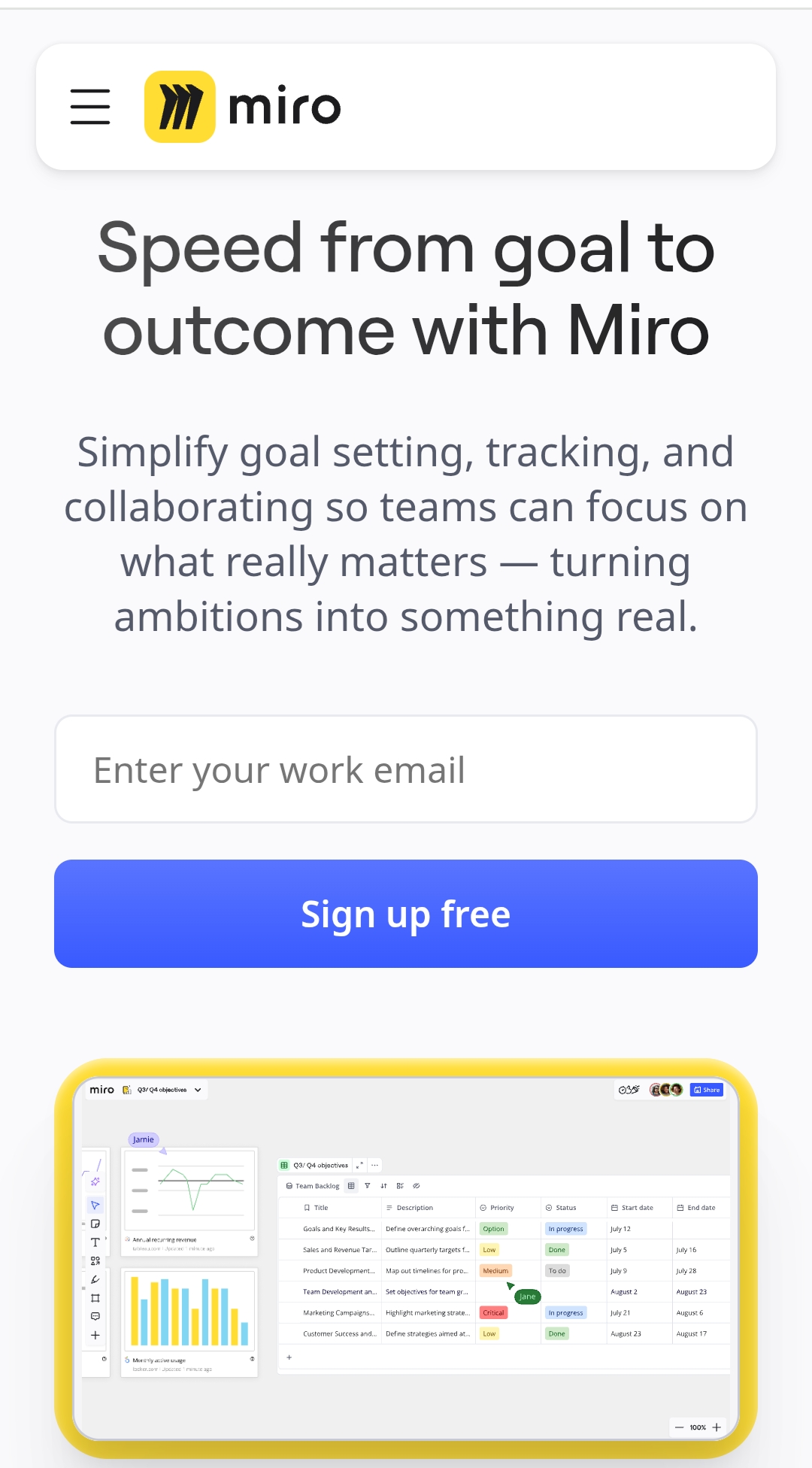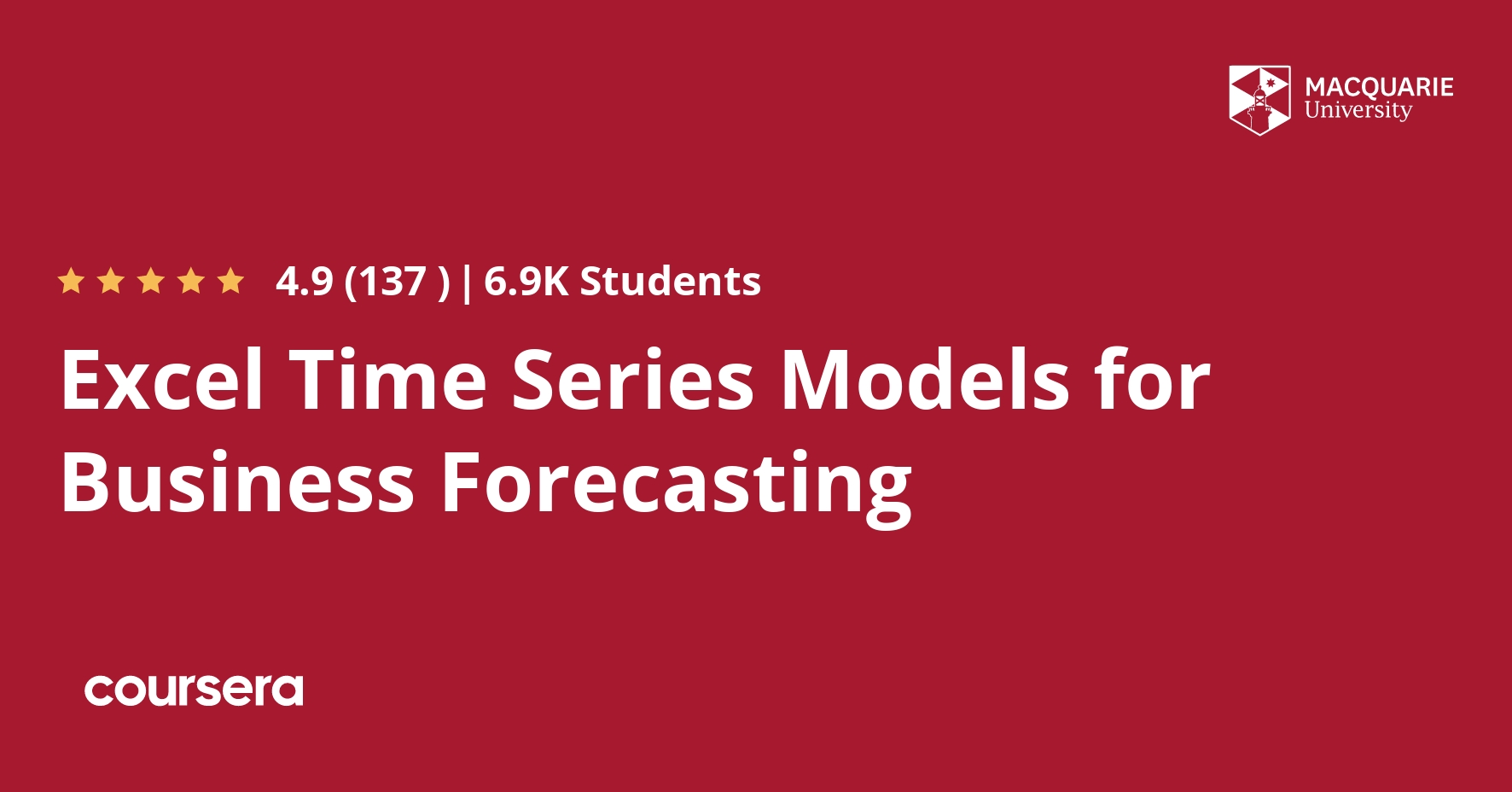Description
This course explores different time series business forecasting methods. The course covers a variety of business forecasting methods for different types of components present in time series data — level, trending, and seasonal. We will learn about the theoretical methods and apply these methods to business data using Microsoft Excel. These forecasting methods will be programmed into Microsoft Excel, displayed graphically, and we will optimise these models to produce accurate forecasts. We will compare different models and their forecasts to decide which model best suits our business’ needs.
What you will learn
Welcome and Critical Information
Business Forecasting is part of any and every organisation. Organisations need to forecast so that they can plan for the organisation’s needs. Business forecasts are the inputs to every organisation’s planning – without business forecasts we cannot plan for our resources, our production, our supply chains – and ultimately our costs, revenues and profits. The current state of the world makes business forecasting even more fundamental to the operation of institutions. In this course we focus on Excel Skills for Business Forecasting using Time Series Models. We will be looking at how your business can utilise time series data sets to understand the different components underlying this data, and then apply the relevant model depending on these components. We will look at a range of business forecasting methods, and sometimes, more than one method may be needed! The models we look at are: Naïve Forecasting, Moving Averages, Trend-fitting, Simple Exponential Smoothing, Holt’s Exponential Smoothing, Winters Exponential Smoothing, and Decomposition. This course then continues in our second course in this specialisation which looks at Regression Models, and our third course in this specialisation which looks at Judgmental Forecasting. #EveryoneSayWow
Time Series Models
In this module, we explore the context and purpose of business forecasting and the three types of business forecasting — time series, regression, and judgmental. This course focuses on time series models. We will learn about time series models, as well as the component of time series data. We will then look at a preliminary forecasting method — Average Forecasts. Once we have a forecast, we need a tool to judge the accuracy of the forecasts — which are the forecasts and the error criterion calculated from these.
Level Time Series
In this module, we explore different time series forecasting methods available for data that is level.
Trending Time Series
In this module, we explore different time series forecasting methods available for data that is trending.
Seasonal Time Series
In this module, we explore a time series forecasting method (Winters Exponential Smoothing) available for data that is seasonal.




